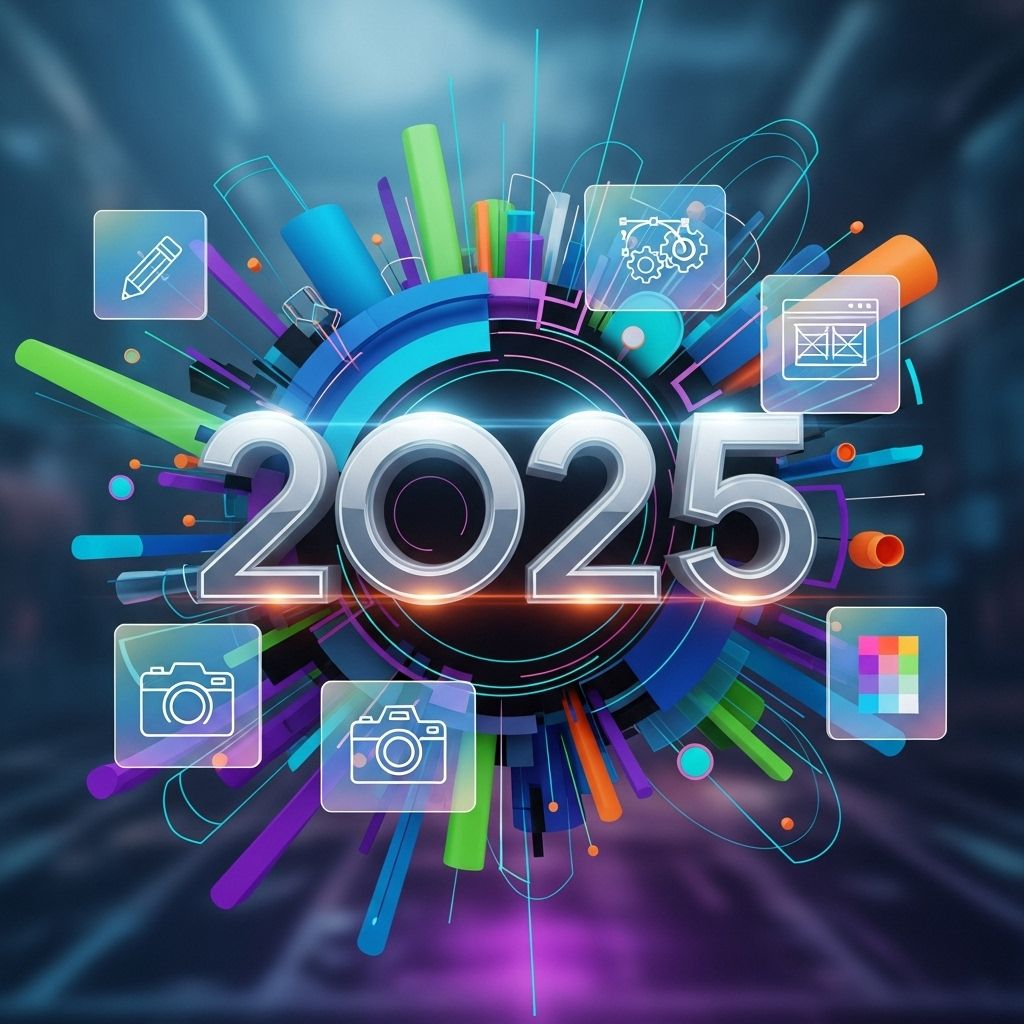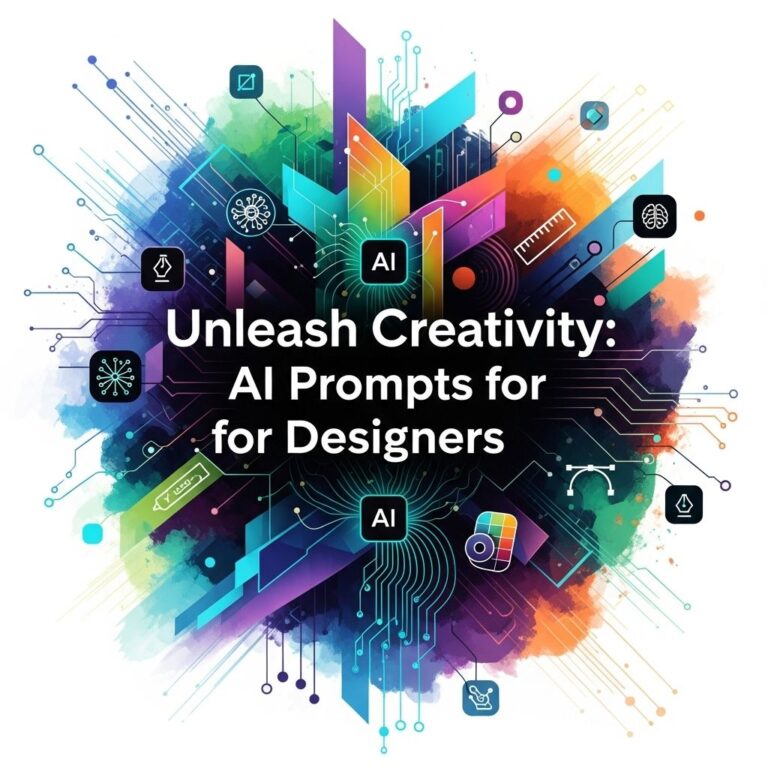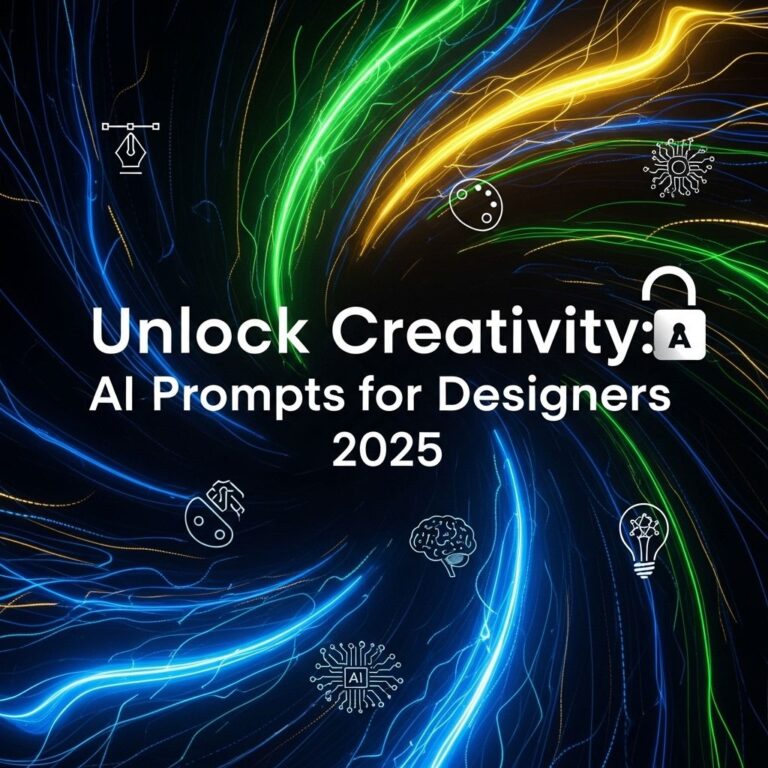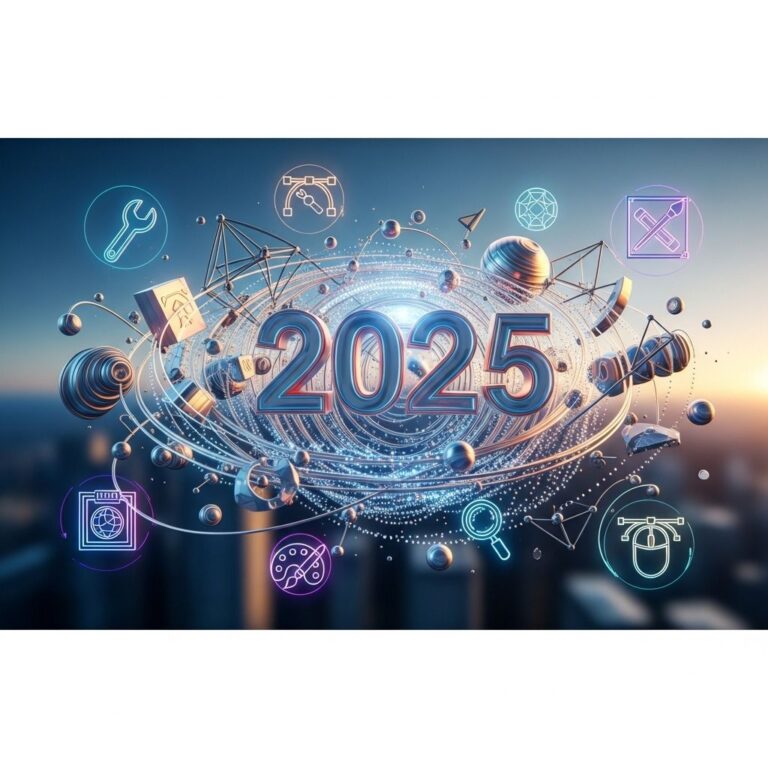The world of design is constantly evolving, driven by new technologies, trends, and creative challenges. As we step into 2025, designers are presented with unique opportunities to push the boundaries of their craft. This article explores innovative composition prompts that can inspire designers to think outside the box and create outstanding visual experiences.
Table of Contents
Understanding Composition in Design
Composition is the arrangement of visual elements within a work of design. It plays a crucial role in guiding the viewer’s eye and conveying the intended message. In the digital age, understanding composition has become even more critical due to the plethora of design tools available. Here are a few fundamental principles of composition:
- Balance: Achieving visual stability through symmetrical or asymmetrical arrangements.
- Contrast: Using differences in color, size, and shape to highlight key elements.
- Hierarchy: Establishing a clear order of importance among visual elements.
- Alignment: Creating order by aligning elements with each other.
- Repetition: Strengthening a design through consistent use of colors, shapes, or patterns.
Prompt Ideas for 2025
As technology advances and consumer behavior shifts, designers must adapt and innovate. Here are some engaging composition prompts that can fuel creativity:
1. Explore Biophilic Design
Biophilic design aims to connect people with nature. This year, challenge yourself to create a design that incorporates organic shapes, natural colors, and elements that evoke a sense of the outdoors. Consider:
- Integrating textures inspired by natural materials such as wood or stone.
- Using color palettes rooted in nature, such as greens, browns, or oceanic blues.
- Incorporating images of plants or landscapes into digital interfaces or print layouts.
2. Play with Kinetic Typography
Kinetic typography uses movement to convey a story or emphasize a message. In 2025, experiment with:
- Designing animated banners with text that reacts to user interactions.
- Creating a short video where the text is integrated into the narrative flow.
- Using AI tools to manipulate the timing and rhythm of text presentation.
3. Minimalism Meets Maximalism
Designers can create dynamic compositions by merging minimalistic and maximalistic styles. Here are ways to experiment:
| Minimalist Elements | Maximalist Elements |
|---|---|
| Simple shapes | Intricate patterns |
| Neutral color palettes | Bold, vibrant colors |
| Ample white space | Layered textures |
Challenge yourself to design layouts that combine both styles, creating tension and interest.
4. Augmented Reality Integration
With the rise of augmented reality (AR), designers can create interactive experiences that blend the physical and digital worlds. Consider:
- Designing an AR app that allows users to overlay digital information onto real-world objects.
- Creating marketing materials that incorporate AR elements for an immersive user experience.
- Exploring how AR can enhance storytelling in web and mobile design.
5. Authentic Brand Stories
In a world where authenticity is valued, design can play a vital role in telling brand stories. Experiment by:
- Crafting visuals that reflect the core values and mission of a brand.
- Using hand-drawn elements to add a personal touch in digital designs.
- Creating infographics that narrate a brand’s journey, showcasing both successes and challenges.
The Importance of User-Centered Design
As designers embark on these innovative prompts, it’s essential to keep the user at the forefront of the design process. User-centered design (UCD) emphasizes understanding the needs and behaviors of users to create effective solutions. Here are key steps to incorporate UCD:
Steps to Implement User-Centered Design
- Research: Conduct user interviews and surveys to gather insights on user preferences.
- Define: Establish user personas based on data collected to represent target audiences.
- Ideate: Brainstorm design solutions that address user pain points and desires.
- Prototype: Create low-fidelity mockups to visualize ideas for user testing.
- Test: Gather feedback from users to refine and improve designs.
Keeping Up with Trends
Staying updated on the latest design trends is crucial for any designer looking to innovate. Here are a few trends to watch in 2025:
- 3D Design: The use of 3D elements in web design and branding is becoming more popular, allowing for immersive experiences.
- Dark Mode Interfaces: As more applications adopt dark mode, designing for this aesthetic can differentiate a brand.
- AI-Driven Design Tools: AI is revolutionizing how designers create, enabling them to work faster and more efficiently.
Conclusion
As we look forward to 2025, the world of design is filled with opportunities for creativity and innovation. By embracing new composition prompts, utilizing user-centered design principles, and staying abreast of emerging trends, designers can cultivate their skills and deliver exceptional work. The future of design is bright, and it is up to designers to shape it with their vision and creativity.
FAQ
What are some innovative composition prompts for designers in 2025?
In 2025, designers can explore prompts like ‘Create a visual narrative using only geometric shapes’ or ‘Design a poster that represents a fusion of two cultures’.
How can designers use technology in their composition prompts?
Designers can incorporate augmented reality elements or interactive components, such as ‘Design a digital experience that changes based on user interaction’.
What themes should designers focus on in 2025?
Themes like sustainability, inclusivity, and technological integration are pivotal. Prompts could include ‘Visualize a sustainable future’ or ‘Design for accessibility in everyday products’.
How do composition prompts enhance a designer’s skills?
Composition prompts challenge designers to think creatively and push their boundaries, helping them develop new techniques and refine their unique style.
Can collaboration play a role in composition prompts for designers?
Yes, prompts like ‘Collaborate with another designer to merge two different styles’ encourage teamwork and the exchange of ideas, fostering innovation.
What is the importance of cultural relevance in design prompts?
Cultural relevance ensures that designs resonate with diverse audiences. Prompts like ‘Create a campaign that reflects your community’s values’ can deepen connection and engagement.




